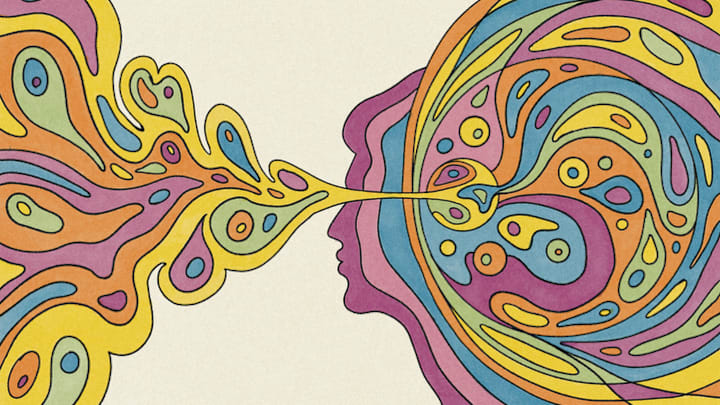Most people associate Stockholm Syndrome, a situation in which people being held captive feel sympathy toward their captors, with publishing heiress Patty Hearst. The 19-year-old college student was kidnapped by the Symbionese Liberation Army, a left-wing militant group, in February 1974 and allegedly brainwashed by its leader. She eventually robbed a San Francisco bank and committed other serious crimes with members of the group.
The emotional bonds that Hearst seemed to form with her kidnappers echoed those of a group of hostages involved in another bank robbery eight months earlier. The psychological drama between the Swedish captives and captors was later given the name Stockholm Syndrome.
“They Have Been Very Nice”
The events went down over a period of six days, from August 23 through August 28, 1973. On the first day, Jan-Erik Olsson strolled into Kreditbanken in central Stockholm, Sweden, and single-handedly held the place up. Two policemen responded to the call. Olsson shot one of them in the hand and made the other sit in a chair, ordering him to sing something. (The policeman chose “Lonesome Cowboy.”) Olsson then took four bank customers hostage and started making demands: He wanted his friend and expert bank robber Clark Olofsson brought to the bank. He wanted 3 million Swedish kronor. And he wanted a couple of guns, bulletproof vests, helmets, and a fast car.
His friend was delivered. While they waited for the other items and planned their escape over the course of the next few days, Olsson and Olofsson kept their captives locked inside of the bank vault. They had a few phone exchanges with Prime Minister Olof Palme, including one where they allowed hostage Kristin Ehnemark to speak. It was during this phone call that it became clear that the hostages were starting to sympathize with their captors. Ehnemark told the prime minister, “I think you are sitting there playing checkers with our lives. I fully trust Clark and the robber. I am not desperate. They haven’t done a thing to us. On the contrary, they have been very nice. But you know, Olof, what I’m scared of is that the police will attack and cause us to die.”

Other hostages turned sympathetic as well, later saying that they thought Olofsson and Olsson were perfectly lovely. One claustrophobic captive expressed gratitude that the men allowed her to leave the vault as long as she had a rope tied around her neck like a dog, and another hostage who was told he was going to be shot was grateful that Olsson was going to let him get drunk first.
On August 28, police finally decided to gas everyone out via a hole they had drilled through the ceiling of the bank vault. The ploy worked, and everyone eventually left the bank unharmed. Both Olofsson and Olsson were captured.
Is Stockholm Syndrome Real?
Olsson received 10 years in prison. Olofsson was released after appealing his sentence, managing to convince a judge that he had only showed up at the scene of the crime to help ensure the safety of the hostages. He became friendly with his captives over the years, even getting chummy with Ehnemark’s whole family when he wasn’t in prison on various charges over the next few decades.
Some reports say that each captor even eventually married one of their hostages. While that’s not true, Olsson did marry one of the many women he corresponded with while in prison—apparently his hostages weren’t the only ones in whom he inspired sympathy.
Why would Stock Syndrome happen, though? How could anyone feel sympathy for their would-be murderers to the point that they would befriend them? Psychologists believe that the process of developing sympathy is a survival tactic: To make the situation less stressful and more manageable, the captive comes to believe that the captor is their friend, that he or she is a good person deep down, and they can get out of this predicament together.
A version of this story was published in 2013; it has been updated for 2024.
